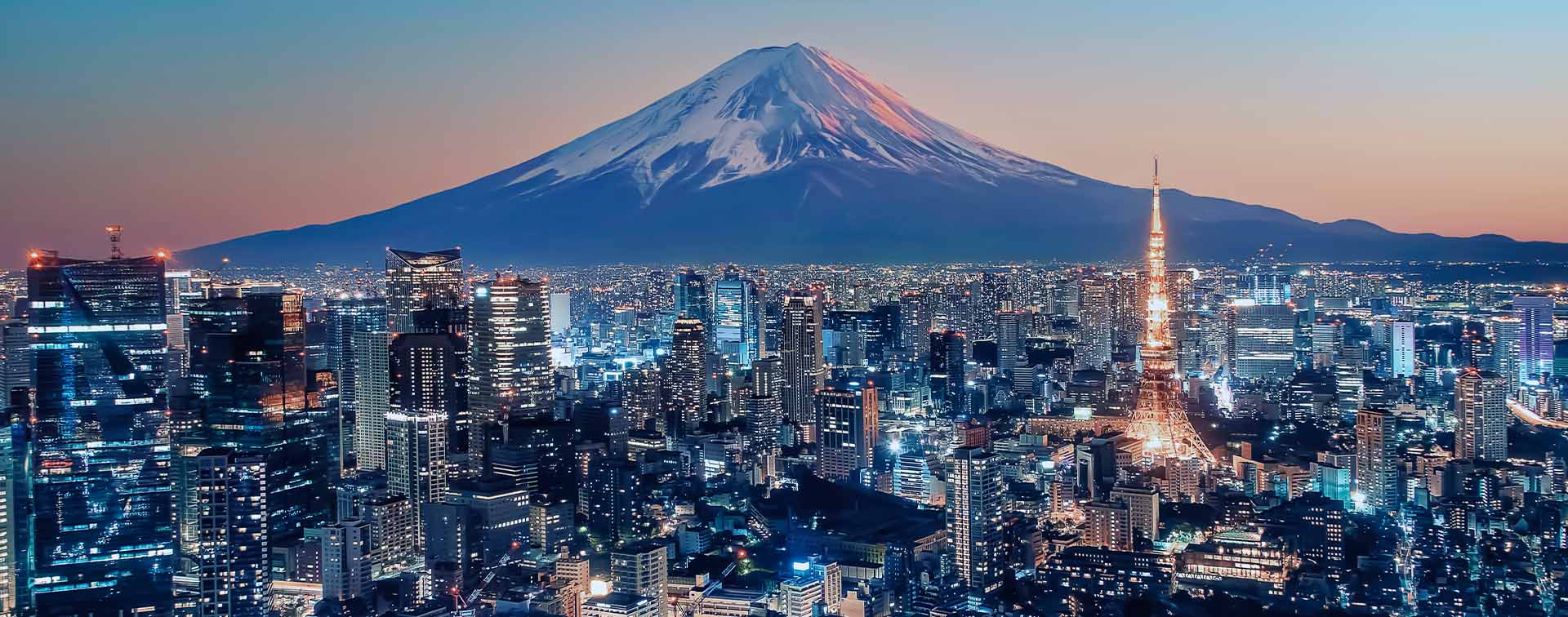
Dr. Juerg Steffen, FIMC, is the Chief Executive Officer of Henley & Partners.
The World's Wealthiest Cities Report 2024 offers a fascinating glimpse into the changing face of global wealth, revealing a landscape where investment migration programs have emerged as a powerful tool for high-net-worth individuals seeking to tap into the world's most promising cities.
The US leads the pack, with 11 cities in the Top 50 World’s Wealthiest Cities list, including New York City, which boasts a staggering 349,500 millionaires, followed by Northern California’s Bay Area (305,700) and Los Angeles (212,100). China also has a notable presence, with 5 cities in mainland China and 7 cities when counting Hong Kong (SAR China) (143,400) and Taipei (30,200). Beijing (125,600 millionaires), Shanghai (123,400), Shenzhen (50,300), Guangzhou (24,500), and Hangzhou (31,600) have all recorded significant increases in their millionaire populations over the past decade.
This dynamic reflects broader changes in the global economy, with the US maintaining its traditional strongholds while China's rapid urbanization and growing technological prowess play an increasingly important role in its wealth creation.

As the wealthy become more mobile and discerning in their choice of residence, cities must adapt and innovate to stay ahead of the curve. Investment migration programs, such as those offered by 7 of the world's Top 10 Wealthiest Cities, are becoming an essential tool in the increasingly competitive fight for global talent and capital.
Europe, despite its recent challenges, remains a bastion of wealth and luxury. With 15 cities in the Top 50, including London (227,000 millionaires), Paris (165,000), and Geneva (79,800), the old continent continues to attract the global elite with its unique blend of history, culture, and financial sophistication.
Switzerland, in particular, has remained a haven for the world's wealthy, with its favorable tax regime, political stability, and reputation for discretion. Geneva and Zurich have both seen steady growth in their millionaire populations, up 36% and 20% respectively over the past decade.
Asia's wealth landscape is a study in contrasts. Tokyo, despite a 5% decline since 2013, still ranks as the world's 3rd wealthiest city with 298,300 millionaires. Osaka, on the other hand, has seen a more significant 12% drop, bringing its millionaire count down to 43,100.
These figures reflect Japan's broader economic challenges, including an aging population and a stagnant domestic market. Yet even as the old guard falters, new challengers are emerging. Singapore, with its business-friendly policies and strategic location, has seen a 64% surge in millionaires over the past decade, now boasting 244,800 wealthy individuals and cementing its status as a global wealth hub.
Australia, too, has been a magnet for the world's wealthy. With 4 cities in the Top 50, namely Sydney (147,000 millionaires), Melbourne (97,900), Perth (33,600), and Brisbane (27,200), the land down under has benefited from its proximity to Asia, its resource-rich economy, and its high quality of life.
Sydney has emerged as a global city par excellence, with its iconic harbor, world-class universities, and thriving tech scene. Its millionaire population has grown by 34% over the past decade, drawn by the city's combination of natural beauty, cultural vibrancy, and economic opportunity.
While no cities from Africa or South America make it into the Top 50 Cities for Millionaires, the report identifies several rising stars that could join the ranks of global wealth hubs in the years to come.
Nairobi, Kenya's bustling capital, now has 4,400 millionaires, a 25% increase over the past decade, driven by its thriving tech ecosystem and growing middle class. Cape Town, South Africa's stunning coastal gem, has also seen a 20% rise, now home to 7,400 millionaires who flock to its pristine beaches and vibrant cultural scene.
So, what is driving this growth in the wealthiest cities? A key factor has been the strong performance of financial markets in recent years. The S&P 500's 24% gain in 2023, along with the Nasdaq's 43% surge and Bitcoin's staggering 155% rally, have buoyed the fortunes of wealthy investors.
The easing of inflationary pressures, with global inflation falling precipitously since 2022, has further boosted confidence and spending. Additionally, rapid advancements in artificial intelligence, robotics, and blockchain technology have also created new opportunities for wealth creation and accumulation.
Yet even as new opportunities emerge, old risks persist. The war in Ukraine, which has seen Moscow's millionaire population plummet by 24% to 30,300, is a stark reminder of the fragility of wealth in an uncertain and unstable world.
The World's Wealthiest Cities Report 2024 offers investors a window into this complex and rapidly evolving landscape. It reveals a world in which traditional wealth hubs maintain their dominance, even as new centers of wealth and power emerge.